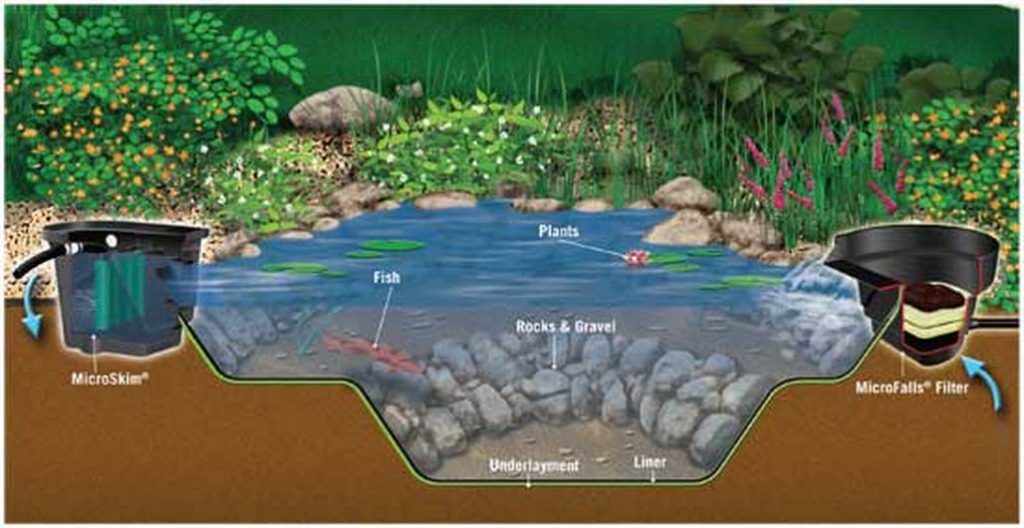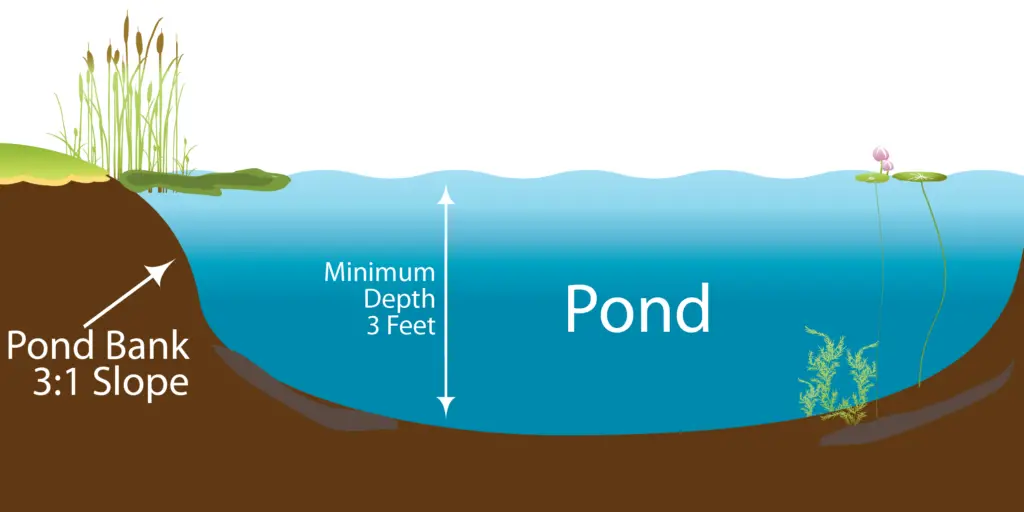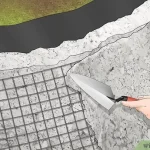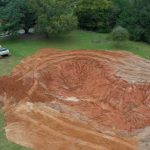Creating a pond in your garden or property can be a beautiful addition, providing a tranquil spot for relaxation and a habitat for aquatic plants and animals. When planning to build a pond, one of the critical considerations is determining how deep it should be. The depth of a pond is a crucial factor that directly impacts its overall health and functionality. In this article, we’ll explore the various factors that influence the ideal depth of a pond and how to achieve the perfect balance for your specific needs.

Credit: atlantiswatergardens.com
The Importance of Pond Depth
The depth of a pond plays a significant role in its ability to support a thriving ecosystem. A well-designed pond depth can help regulate water temperature, provide habitat for fish and other aquatic life, and support a balanced ecosystem. Additionally, pond depth impacts the ability to sustain aquatic plants and provides a buffer against environmental changes, such as temperature fluctuations and evaporation.
Factors Influencing Pond Depth
Several factors should be taken into consideration when determining the ideal depth for a pond. These factors include the intended use of the pond, the climate of the region, and the types of aquatic life and plants you wish to support. Let’s delve into the key factors influencing pond depth:
Intended Use Of The Pond
The purpose of the pond will largely dictate its ideal depth. For example, if the pond is intended for ornamental purposes and to support a variety of aquatic plants, a shallower depth may be sufficient. On the other hand, if the primary goal is to create a habitat for fish, a deeper pond may be necessary to provide adequate space and environmental conditions for the fish to thrive.
Climate And Region
The climate of the region where the pond is located is another crucial factor. In colder climates, deeper ponds are essential to prevent the water from freezing entirely during winter, which can be detrimental to the aquatic life within. In warmer climates, deeper ponds can help regulate water temperature and provide refuge for fish during periods of extreme heat.
Aquatic Life And Plants
The types of aquatic life and plants you wish to support in your pond will also influence its ideal depth. Some species of fish require deeper waters, while others thrive in shallower areas. Similarly, certain aquatic plants may have specific depth requirements to anchor their roots and flourish. Understanding the needs of the intended aquatic life and plants is crucial in determining the optimal depth for the pond.

Credit: cartersgarden.wordpress.com
Recommended Pond Depths
While the ideal depth of a pond will vary based on the factors mentioned above, there are some general guidelines that can be useful when planning the depth of your pond:
| Type of Pond | Ideal Depth |
|---|---|
| Ornamental Pond | 1.5 to 2 feet |
| Koi Pond | 3 to 4 feet |
| Natural Wildlife Pond | at least 2 feet, with varying depths |
These recommended depths provide a starting point for planning your pond, but it’s important to consider the specific requirements of the aquatic life and plants you intend to support. Consulting with a professional pond designer or a local aquatic specialist can provide valuable insight into the ideal depth for your specific needs.
Balancing Depth and Maintenance
While deeper ponds offer several advantages, such as better temperature regulation and habitat for fish, they may also require more maintenance. Deeper ponds can accumulate more sediment and debris, which can impact water quality and clarity. Additionally, deeper ponds may necessitate more complex filtration and aeration systems to maintain a healthy ecosystem.
Shallower ponds, on the other hand, may be easier to maintain but can be more susceptible to temperature fluctuations and may have limited space for certain aquatic species to thrive. Finding the right balance between depth and maintenance requirements is essential when designing a pond that aligns with your preferences and capabilities.
Construction and Design Considerations
When constructing a pond, it’s vital to consider the design elements that will influence its depth and overall functionality:
- Shelf Areas: Incorporating shallow shelf areas around the perimeter of the pond can provide space for aquatic plants and offer a gradual transition for fish to move between depths.
- Deep Zones: Designating specific deep zones within the pond can cater to the needs of fish that prefer deeper waters and provide refuge during extreme weather conditions.
- Gradual Slopes: Creating gradual slopes from the edges to the center of the pond can mimic natural water bodies and offer a visually appealing and ecologically sound design.
By carefully planning the construction and design of the pond, you can create a balanced and aesthetically pleasing aquatic environment that meets the needs of both the aquatic life and your own preferences.
Conclusion
Ultimately, the ideal depth of a pond is a multifaceted consideration that involves understanding the needs of the intended aquatic life and plants, as well as the environmental factors that influence the pond’s functionality. By carefully assessing these factors and seeking expert guidance when needed, you can create a pond that not only enhances the beauty of your surroundings but also fosters a thriving and sustainable aquatic ecosystem.
Whether you envision a serene ornamental pond, a vibrant koi habitat, or a natural wildlife haven, striking the right balance of depth, design, and maintenance will be key to achieving a pond that brings joy and natural beauty to your outdoor space.





